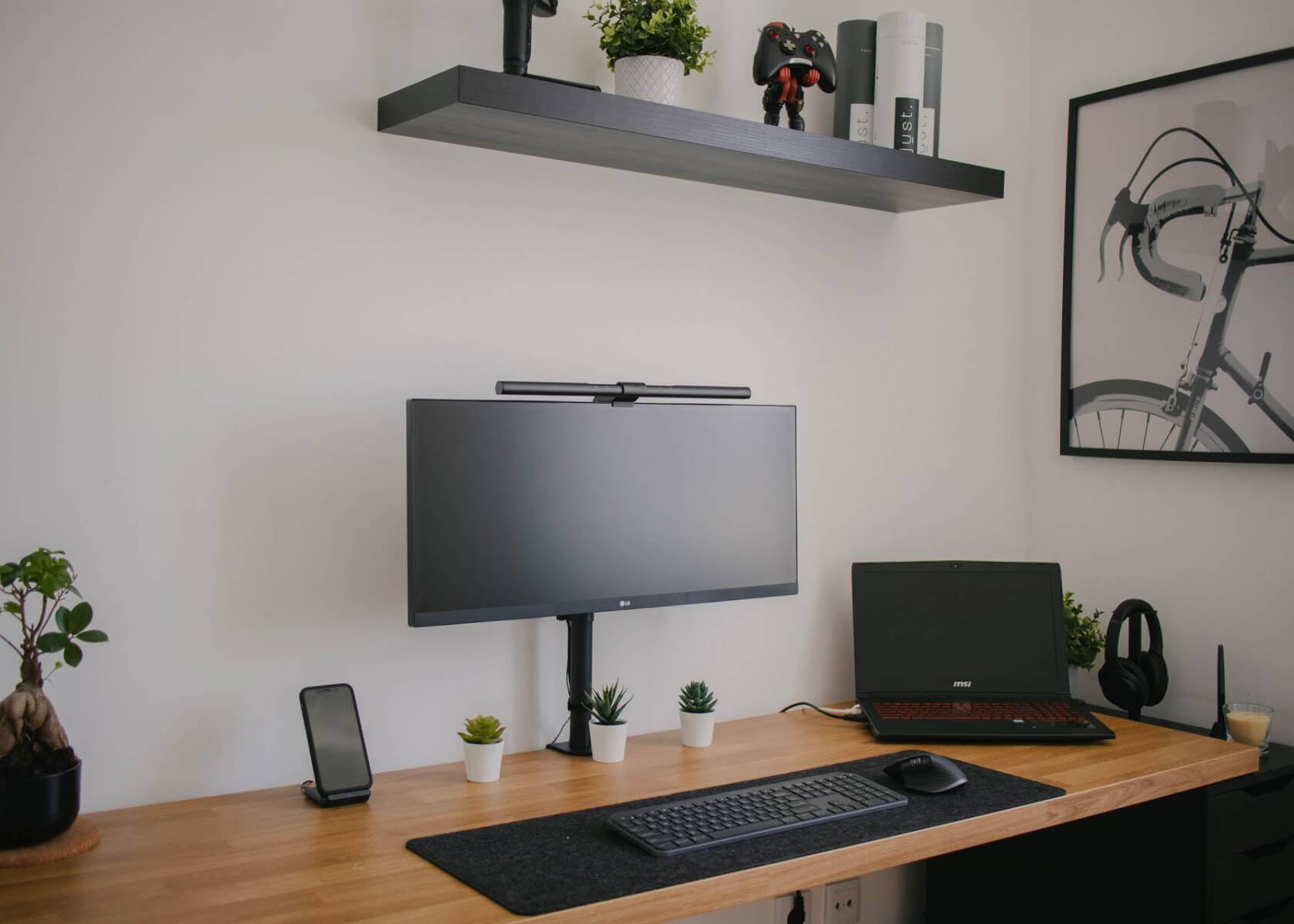Create and Manage a Digital Cookbook and Meal Planning System with Notion

New to Notion?
How to Create and Manage a Digital Cookbook and Meal Planning System using Notion
Managing your recipes and meal planning can feel overwhelming, especially when you have a large collection and need to keep track of dietary restrictions or preferences. Thankfully, Notion provides a powerful platform for creating and managing a digital cookbook and meal planning system. In this updated guide, we’ll walk you through setting up an efficient and visually appealing system that leverages current Notion features and best practices.
Step 1: Create a Notion Workspace
Start by creating a new Workspace in Notion or choose an existing one dedicated to your cookbook and meal planning. Consolidating your recipes and meal plans in one workspace makes it easier to navigate and manage your content. Notion’s flexible workspace structure allows you to organize pages, databases, and links with ease.
Step 2: Create Databases for Recipes and Ingredients
In Notion, databases function like customizable tables. To get started, create two separate databases—one for your recipes and another for your ingredients.
Recipe Database
- Create a new page and name it Recipes.
- Click on the + button and select Table to add a new database.
- Customize your recipe database with columns such as:
- Name: The name of the recipe.
- Category: Type of dish (e.g., breakfast, lunch, dinner).
- Ingredients: List of required ingredients.
- Instructions: Step-by-step preparation instructions.
- Cooking Time: Total time required.
- Source: Origin of the recipe (e.g., cookbook, website).
Feel free to add more columns such as dietary tags or difficulty level. You can also use Notion’s relation property to link ingredients directly from your Ingredients database.
Ingredient Database
- Create another page and name it Ingredients.
- Add a new table by clicking the + button.
- Customize with columns like:
- Name: The ingredient’s name.
- Category: e.g., dairy, vegetables, grains.
- Quantity: How much you typically need (optional).
- Measure: Unit of measurement (e.g., cups, tablespoons).
- Supermarket: Preferred store for purchasing.
Linking this database with your Recipe Database can help automate ingredient lists for meal planning and grocery shopping.
Step 3: Organize Recipes and Ingredients
After setting up your databases, populate them with your content. You can import recipes:
- Copy and paste from websites.
- Upload recipe images.
- Embed videos for visual guidance.
Fill in all necessary details for each entry. In the Ingredients database, add common ingredients and include details like category, quantity, and where to purchase. This organization not only streamlines meal planning but also simplifies creating shopping lists.
Step 4: Create Meal Planning Pages
Now, create a dedicated page for your meal planning schedule. Name it Meal Planner (or another title that suits you). This page will serve as your weekly or monthly planner.
Weekly Meal Planner
- Construct tables for each day of the week.
- Columns may include:
- Meal: Breakfast, lunch, dinner, or snacks.
- Recipe: Name of the recipe (link this to your Recipe Database for easy access).
- Ingredients: List ingredients required for the meal.
- For added functionality, include checkboxes next to ingredients to tick them off as you shop.
Monthly Meal Planner
- Create a similar setup with tables representing each week of the month.
- This layout supports long-term planning, helping you ensure variety and balanced nutrition throughout the month.
Step 5: Customize Your Cookbook and Meal Planner
Notion offers many customization options to make your system both functional and visually appealing:
- Emojis and Icons: Add emojis or icons to pages to enhance visual appeal.
- Colors and Covers: Use color highlights, cover images, or custom banners to personalize your pages.
- Layouts: Experiment with gallery, calendar, or board views for different perspectives.
These features help ensure that your cookbook and meal planner are inviting, organized, and truly representative of your personal style.
Step 6: Utilize Additional Notion Features
Take advantage of Notion’s robust features to further enhance your system:
- Filters and Sorting: Use filters to view recipes by category, dietary requirement, or cooking time. Sort lists alphabetically or by other criteria for quick access.
- Relations and Rollups: Link your Recipe Database with the Ingredients Database so changes in one are automatically reflected in the other.
- Tags: Add tags to recipes for improved searchability (e.g., vegetarian, gluten-free, Italian).
- Calendar and Reminder Integration: Use Notion's calendar view and reminders to schedule meal planning tasks and shopping trips.
- Community Templates: Explore the Notion community for a variety of templates and inspiration. These can help you refine and expand your current system.
By following these steps, you can create and manage a digital cookbook and meal planning system using Notion that is organized, visually appealing, and fully customized to meet your needs. Enjoy the convenience of having all your recipes, ingredients, and plans accessible in one place, and say goodbye to the hassle of juggling multiple physical cookbooks and planners.


